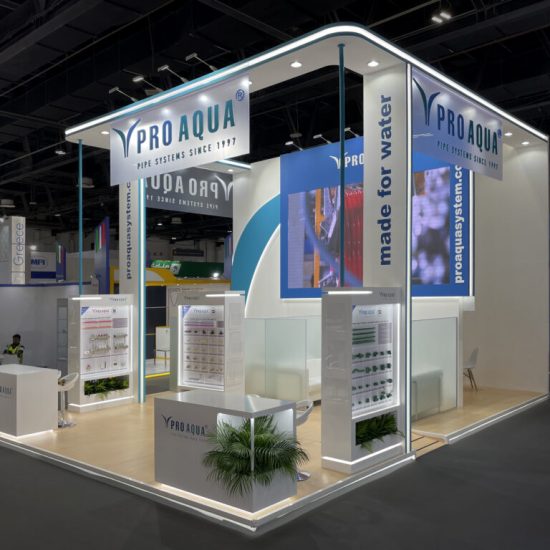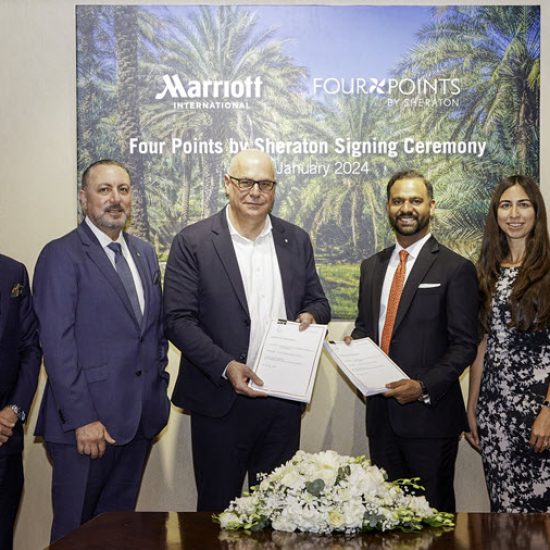On opening day of the 2015 Intel Developer Forum in San Francisco yesterday, company CEO Brian Krzanich (pictured) gave attendees a look at a prototype smartphone integrated with an Intel RealSense 3D camera. The camera would be contained in a Google Project Tango smartphone.
Holding up the prototype phone, about the size of an average Android smartphone, Krzanich said the device would “breaks the limits of what a phone can do.” Intel’s team in Israel integrated the 3D tech with Project Tango.
Team Effort
RealSense is an updated version of Perceptual Computing, Intel’s initiative to work with the increasing numbers of virtual reality platforms. Developers integrate those platforms into devices and applications based on a library of pre-programmed routines that are meant to take advantage of 3D capabilities in cameras.
Meanwhile, Project Tango was announced by Google in early 2014. The project is a partnership with universities, research institutions, and industrial partners that aims to build an understanding of space and motion into mobile devices. Project Tango’s goal is to concentrate the technology gathered from Google’s various partners into a single mobile phone with customized hardware and software that gives it 3D capabilities.
The atom-powered smartphone uses the RealSense camera to provide depth-mapping capabilities at VGA resolution of 60fps. The phone also includes a high-precision inertial motion unit, which is a combined gyroscope and accelerometer.
Virtual Tours
The technology in a camera like the RealSense would track the full 3D motion of the device it’s embedded in while creating a map of the environment at the same time. Sensors in the device update its position and orientation and use that data to make a single 3D model of the space around the photographer.
With RealSense, the smartphone introduced yesterday could make scans and models of real-world items along with performing such functions as 3D mapping applications. In demonstrating the technology at IDF, Krzanich said the phone would have potential applications for architects, landscapers and interior designers to create designs for homes or other buildings that could be virtually “walked through” on a 3D augmented reality tour. Other applications for the 3D camera smartphone could be augmented-reality video games.
It will take a lot more work and refinement to bring RealSense to consumers, Krzanich pointed out. But eventually the software development kit (SDK) that would likely result from combining RealSense and Project Tango should enable developers to build various smartphone apps using the system. The SDK is set to be released to Android developers by the end of this year.
At the developer forum, Krzanich predicted that computing will become “ultra personal,” adding capabilities around sight, sound and touch. The next step is for all devices to become smart and connected. The last step in this evolution is for computing devices to become extensions of their users, creating a physical environment that comes to life via wearables and other connected devices. “We want our devices to behave more like humans,” Krzanich said.
This entry passed through the Full-Text RSS service – if this is your content and you’re reading it on someone else’s site, please read the FAQ at fivefilters.org/content-only/faq.php#publishers.





